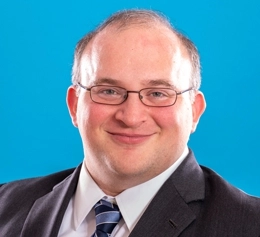In today’s Curver v. Home Expressions decision, the Federal CircuitSee CAFC resolved several outstanding questions regarding design patents. In particular, the Federal CircuitSee CAFC rejected the notion that a design can be claimed, untethered from a specific article of manufacture to which it is applied. It also rejected the notion that the verbal portion of a design patent—the title and the claim, in particular—are irrelevant to analyzing the scope of the right.
Citing work from Prof. Sarah Burstein, one of the foremost scholars of design patents, the opinion stated that a design per se, untethered from any specific article, would create difficulties for the public in identifying the scope of what the design patentAs distinct from a utility patent. A design patent protects only the ornamental design or appearance of an article of manufacture, but not its structural or functional features. An ‘article of manufacture’ is a broad term which may extend even to computer icons. Like utility patents, design patents must be nonobvious but this standard is harder to apply to designs. protects, as well as for the Patent Office in creating a reasonable scope within which to search for prior artPrior art is the knowledge in the field of a patent that was publicly available before the patent was filed.. Again citing Prof. Burstein, the court also noted that a rule that ignores the title and claim language of a design patentAs distinct from a utility patent. A design patent protects only the ornamental design or appearance of an article of manufacture, but not its structural or functional features. An ‘article of manufacture’ is a broad term which may extend even to computer icons. Like utility patents, design patents must be nonobvious but this standard is harder to apply to designs. makes those components meaningless—surplusage that “would provide no useful information at all.”
As the Apple v. Samsung case at the Supreme Court showed, the question of what the article of manufacture actually is in any given situation is extremely important. With this decision, the Federal CircuitSee CAFC moves design patentAs distinct from a utility patent. A design patent protects only the ornamental design or appearance of an article of manufacture, but not its structural or functional features. An ‘article of manufacture’ is a broad term which may extend even to computer icons. Like utility patents, design patents must be nonobvious but this standard is harder to apply to designs. law a little closer to a rational interpretation of the scope of designs, one which moors them to particular articles.

